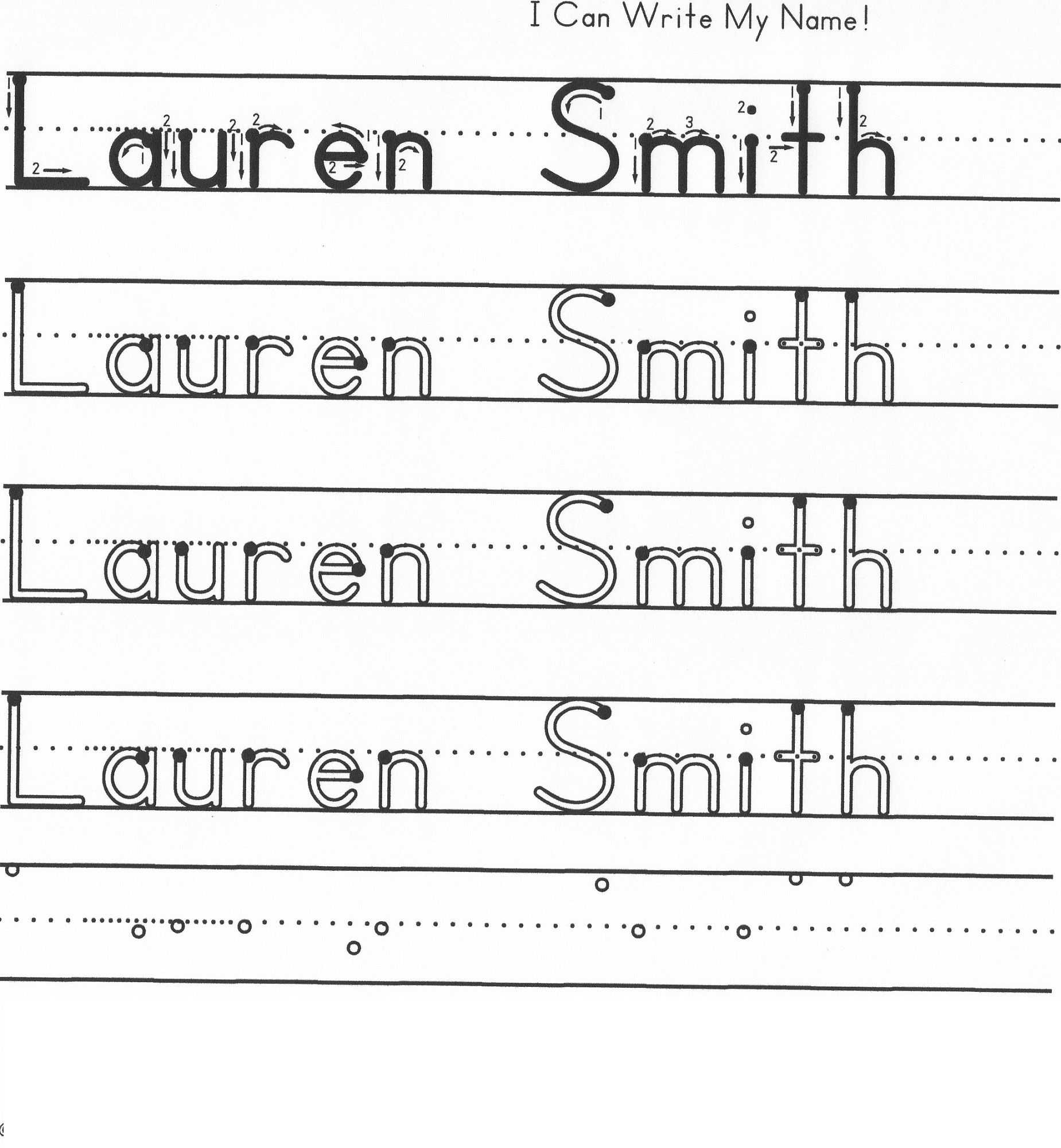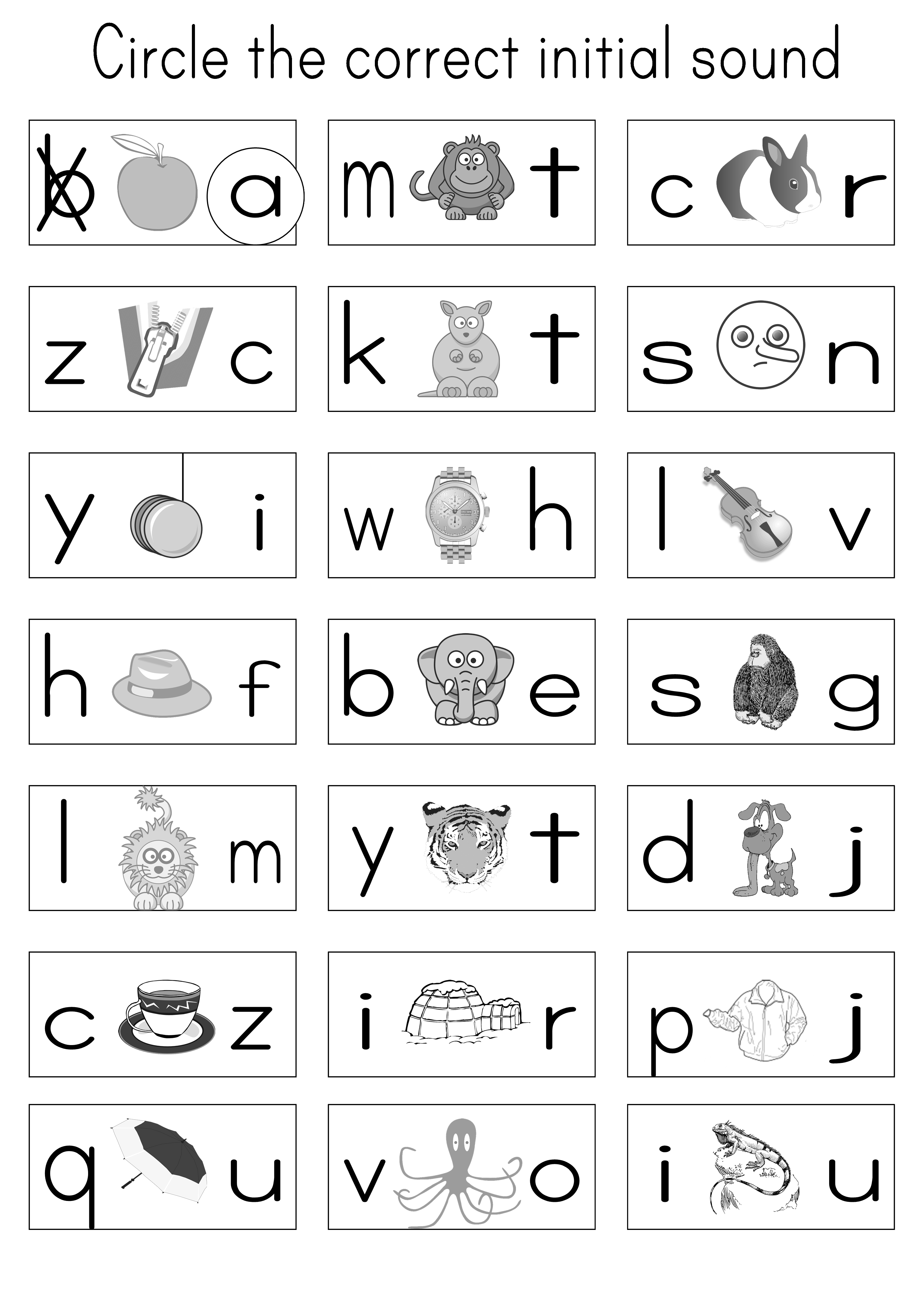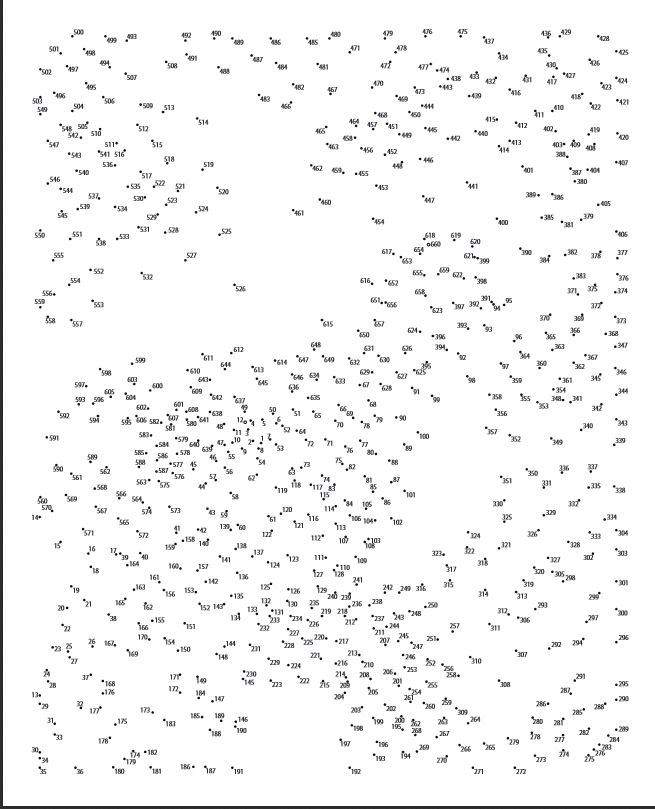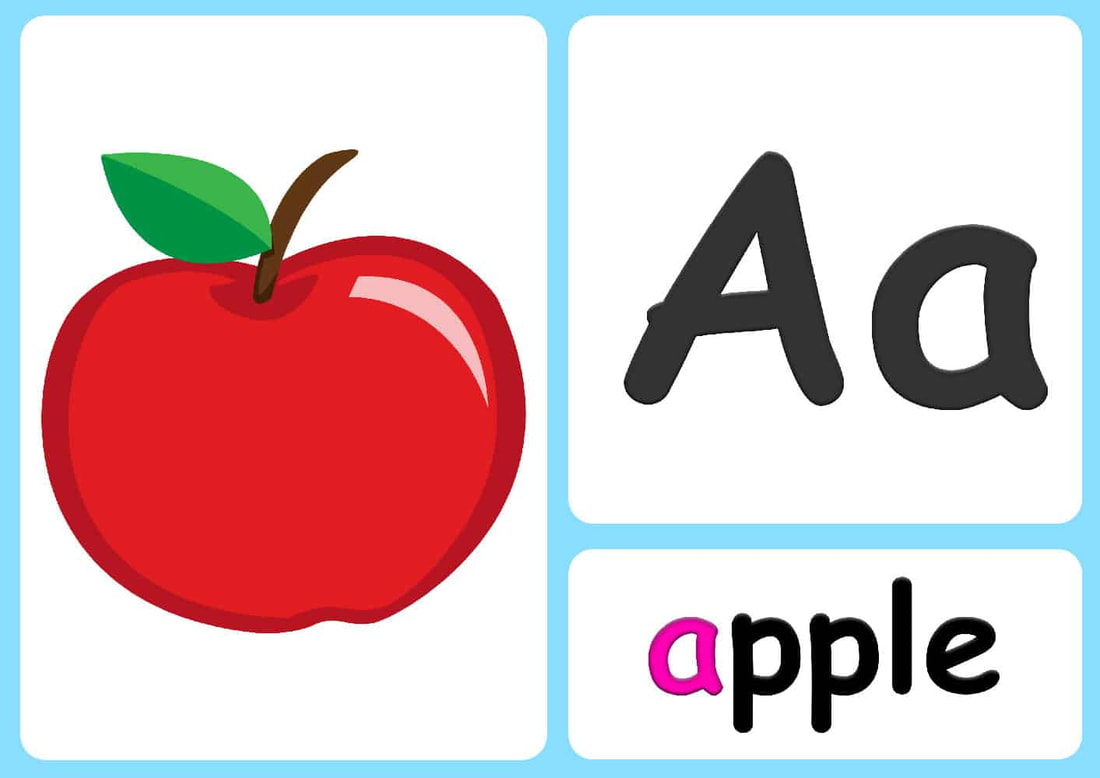Worksheets letter sounds beginning printable insect tracing alphabet bug worksheet printablee via vocabulary
Table of Contents
Table of Contents
Beginning Letter Sounds for Kindergarten: A Complete Guide
Are you a kindergarten teacher looking for effective strategies to teach beginning letter sounds to your students? Or a parent wanting to support your child’s learning at home? Beginning letter sounds are an essential part of early literacy skills that lay the foundation for reading and writing. In this article, we will examine the importance of beginning letter sounds, the pain points related to learning them, strategies to target these pain points, and answer some common questions.
The Pain Points of Learning Beginning Letter Sounds
Learning beginning letter sounds can be challenging for some kindergarten students. Some common pain points include difficulty identifying different sounds, difficulty remembering the sounds, and difficulty transferring their knowledge to reading and writing. These pain points can cause frustration in both students and teachers/parents.
The Target of Beginning Letter Sounds for Kindergarten
The goal of teaching beginning letter sounds is to help students develop foundational phonemic awareness skills. Phonemic awareness is the ability to hear, identify, and manipulate individual sounds in spoken words. This skill is critical for reading comprehension, spelling, and writing abilities.
Strategies for Teaching Beginning Letter Sounds
One strategy is to use multisensory activities that allow students to see, hear, and manipulate the letter sounds. These activities can include songs, chants, games, and hands-on activities. Another strategy is to use repetition and practice, incorporating beginning letter sounds into daily routines or using interactive online resources. Providing continuous feedback, positive reinforcement, and individualized instruction can also be beneficial.
The Importance of Personal Experience
As a teacher/parent, it is crucial to understand that every student learns differently, and some approaches may work better than others for different individuals. Paying attention to a child’s personal experiences, interests, and strengths can help create a more engaging and effective learning environment.
Utilizing Technology to Reinforce Learning
Technology can be an effective supplement to classroom or at-home learning. There are numerous apps, websites, and interactive games that can support beginning letter sound acquisition. Interactive whiteboards or electronic devices can also be used in-class activities to engage students and reinforce the learning of letter-sound relationships.
Question and Answer about Beginning Letter Sounds for Kindergarten
Question 1: When should children begin to learn beginning letter sounds?
Answer: Children can begin to learn beginning letter sounds as early as 2-3 years old, but it’s typically introduced formally in kindergarten or preschool settings.
Question 2: How can I make beginning letter sound learning more engaging?
Answer: Incorporating activities that are interactive and multisensory such as songs, games, and hands-on manipulatives can help make learning more engaging for students.
Question 3: What can I do if my child is struggling with beginning letter sounds?
Answer: Providing additional practice, individualized instruction, and positive reinforcement can help struggling learners. A teacher or specialist may also be able to provide additional support.
Question 4: How can I assess my child’s beginning letter sound knowledge?
Answer: There are numerous assessments that can be administered to assess beginning letter sound knowledge, including standardized tests and informal assessments such as observation and checklists.
Conclusion
Teaching beginning letter sounds to kindergarten children is critical for building essential literacy skills. It can be challenging, but incorporating strategies such as multisensory activities, repetition, and personalized instruction can make the learning process more effective and engaging for students. Assessing a child’s knowledge and supporting struggling learners can also be beneficial. By using effective teaching strategies and identifying pain points, teachers and parents can help students develop strong early literacy skills that will help pave the way for future academic success.
Gallery
30 Beginning Sounds Worksheets For Little Ones - Kitty Baby Love
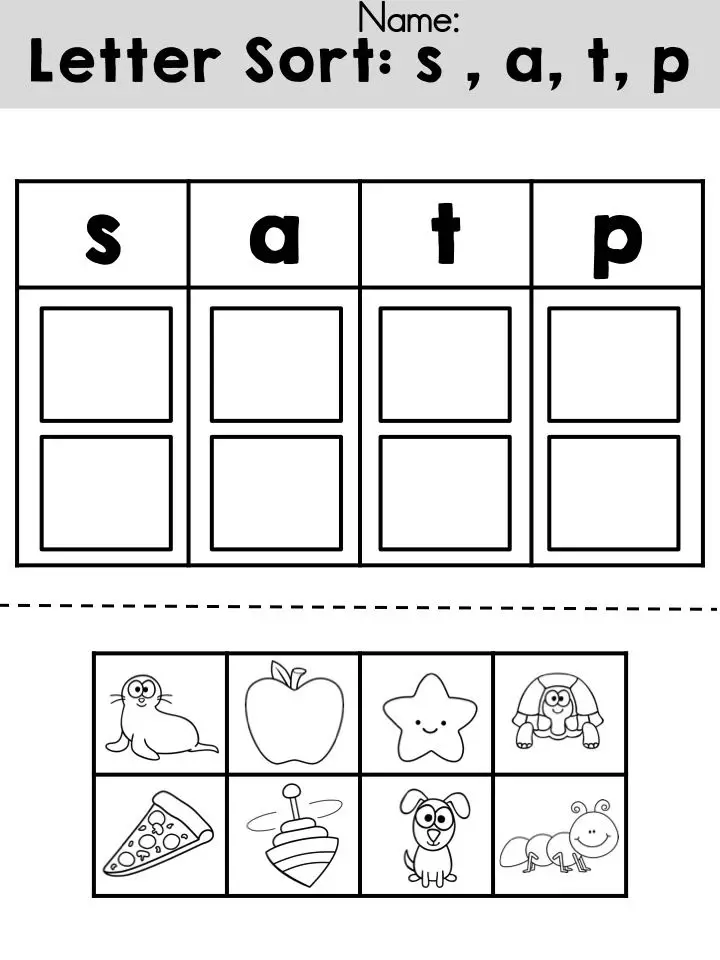
Photo Credit by: bing.com / sounds letter paste cut beginning sound activities satpin initial phonics worksheets worksheet kindergarten sorting activity preschool letters sort printable alphabet
Beginning Sound Worksheets For Kindergarten Math Christmas Sounds

Photo Credit by: bing.com /
6 Best Images Of Free Printable Bug Worksheets - Free Beginning Letter
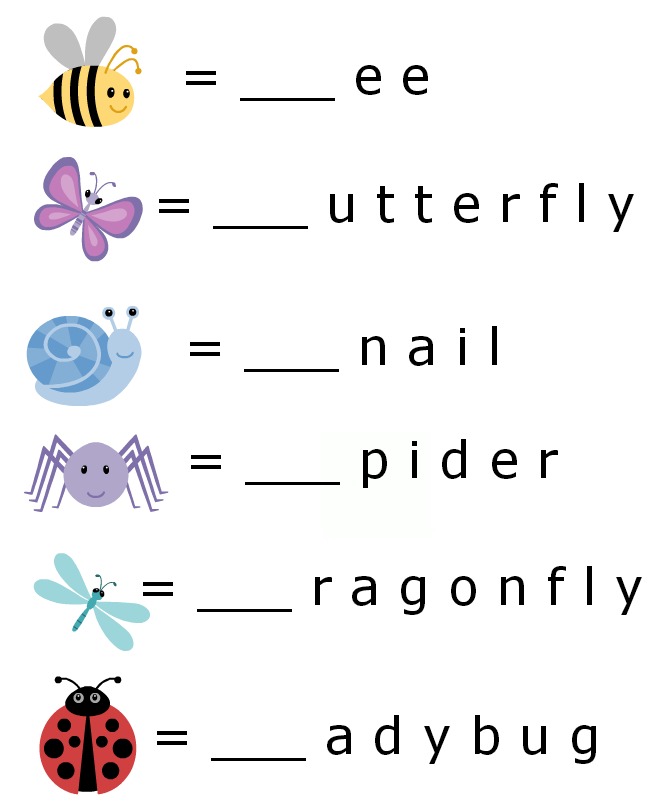
Photo Credit by: bing.com / worksheets letter sounds beginning printable insect tracing alphabet bug worksheet printablee via vocabulary
Free And Fun Beginning Sounds Worksheets For Preschools
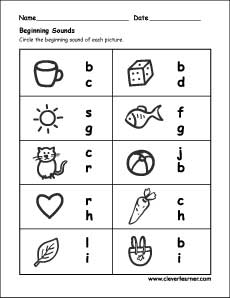
Photo Credit by: bing.com / sounds beginning worksheets letter preschool worksheet sound fun
1000+ Images About Letter Sound Activities On Pinterest | Pocket Charts

Photo Credit by: bing.com / letter sounds sound activities initial phonics alphabet kindergarten work matching beginning preschool literacy reading centers word letters relationship numbers recognition

